5 Reasons Why a Tidy Space is Critical for Classroom Engagement
When I taught Kindergarten, the children went to the gym a few days a week for physical education with Coach. She was always there waiting for the students, ready with a fun and exciting activity. One of their favorite activities was called Clean Your Messy Room. In this game, two teams stood across from each other and threw soft foam balls back and forth to each other’s “rooms” as quickly as possible until Coach blew her whistle. The team with the fewest balls on their side at the end had the cleanest “room” and was declared the winner.
The phrase “clean your messy room” popped into my mind recently—not because I was thinking about the game, but because I have seen and heard several examples of schools with messy, unorganized classrooms. I do a lot of training on setting up an early childhood environment, and there are some key elements required that do not mesh with a cluttered room.
Children learn best when they feel safe and comfortable
Walking into a chaotic, disorderly classroom every day does not support a child’s ability to focus and work. Imagine if you had to work in an office with walls plastered with paperwork, junk piled on shelves and desks, furniture crowded together. How would you feel? How well would you be able to get your work done? Could you find what you needed? The classroom is no different. How can a child feel at ease in an environment stuffed to the gills? How can they play and learn when they cannot find or access what they need to do so?
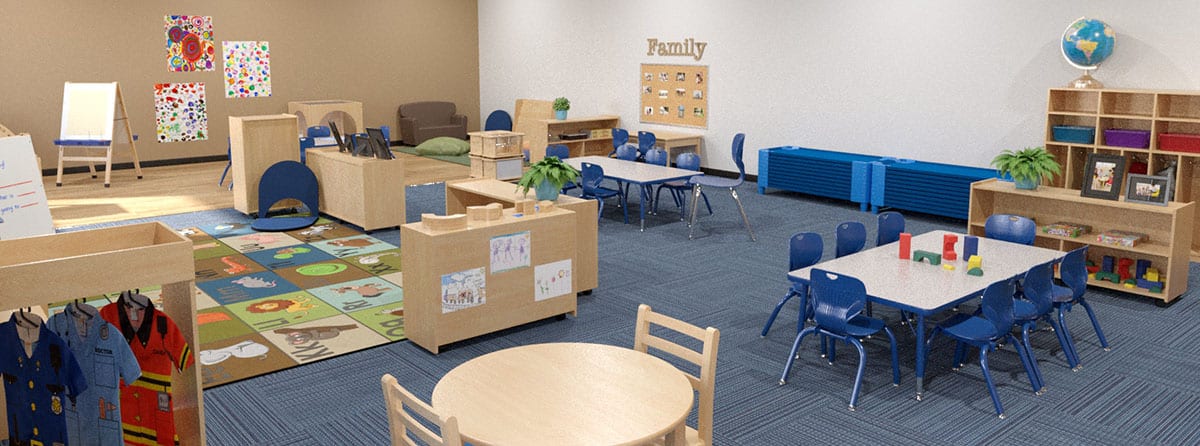
Consider health and safety
If materials are stacked on top of shelves, can the teacher see all the children? In such a space, how do they know the students are engaged in safe activities? If furniture is crowded together, are children able to safely maneuver through the classroom without tripping and falling? How clean is an environment when you cannot even find the surface of the furniture so it can be dusted or wiped down? Providing a safe, healthy environment is essential for children’s well-being.
Organization facilitates learning
If shelves are orderly, materials are stored neatly in bins, and shelves and bins are labeled, children can easily get to the materials they need for learning. Teachers are also promoting independence in young learners when the environment is arranged in a way that allows children to get materials out and put them away on their own. When there are visual cues such as labels to aid children, they can confidently access materials and help keep their classroom community tidy by storing everything in its proper place.

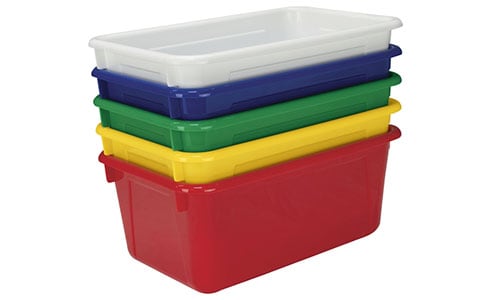
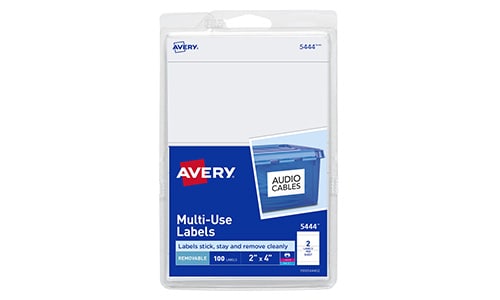
Decorations can distract
Many teachers love to decorate, and who doesn’t love a good theme to drive the décor? Unfortunately, many educators get carried away with hot pink and zebra stripes at the expense of student focus. First, analyze your decorations to see if they might be too bright and overstimulating for children. Using softer color tones, natural lighting and minimal decorations can make the room homelike and calming. This atmosphere will allow children to be in a better emotional state for learning. Second, ask yourself if the decorations are supporting student learning. A good teacher should be able to tell you the why behind any and all materials in a classroom.
The classroom is for the children
Teachers and teaching assistants need to assess their work area. Is a giant teacher desk impeding on square footage that could be utilized by the students? Is wall space to hang children’s work being taken up by teachers’ personal photos, diplomas, paperwork from the office, etc.? Are there overflowing file cabinets and storage closets of items you are sure you will use someday even though you haven’t used them in years? When we declutter and minimize our belongings in the classroom, we open up space for children to build bigger block structures, allow walkways for children to go on a letter hunt, or make room for the easel where children can paint and draw to strengthen shoulder and arm muscles that will support their fine motor abilities. We also uncover wall space that allows for children’s work to be displayed.
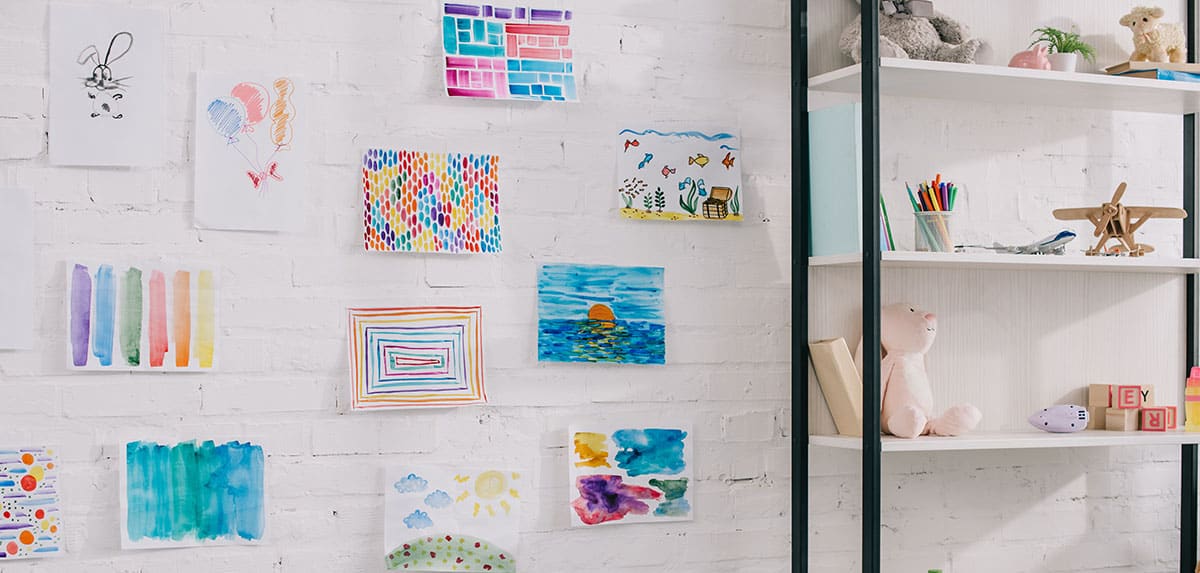
Whether spring cleaning time is right around the corner or not, any time of the year is the perfect time to “clean your messy room.” While it may be hard to part with things, remember the classroom is for students. Everything in the room should have an educational purpose and the space should be inviting and engaging so children want to come to school and are excited and ready to learn.
Jennifer Fernandez
Jennifer has over 30 years of experience in education. She has degrees in Elementary Education, Spanish, and Bilingual Education and holds teaching licenses in Texas and Minnesota. She has taught PreK-2nd grade in general and bilingual settings, served as a professional learning specialist for seven years, and currently presents at state and national conferences.
Read more by Jennifer Fernandez–>

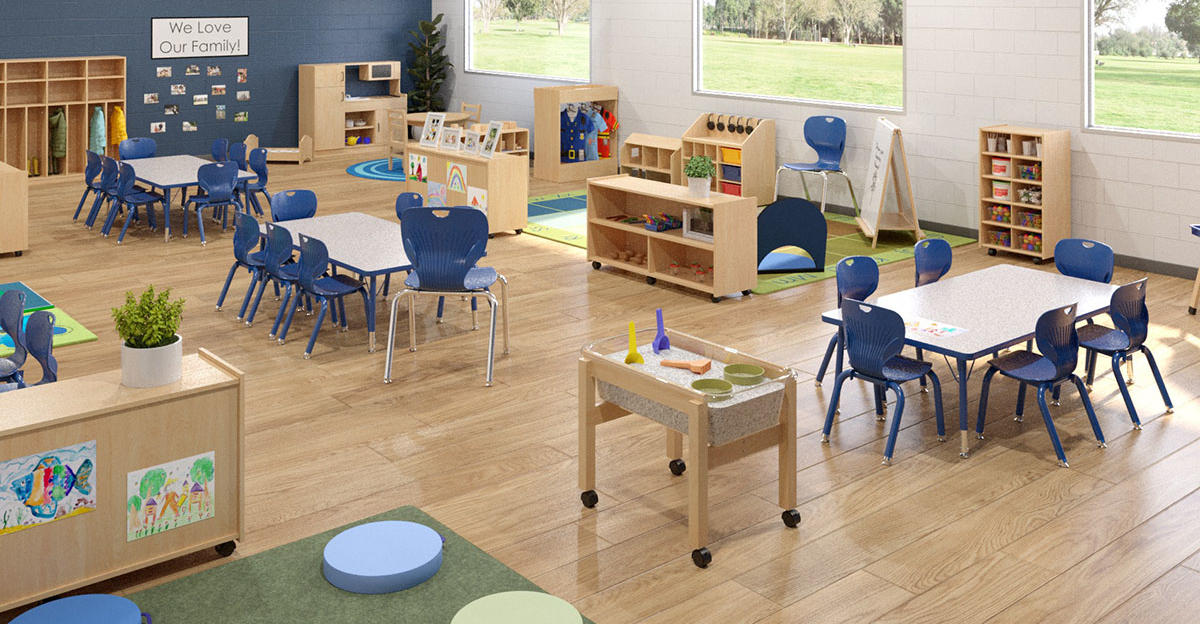



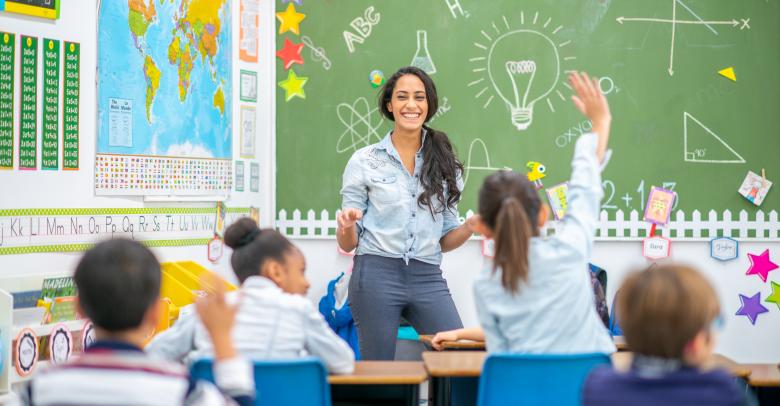
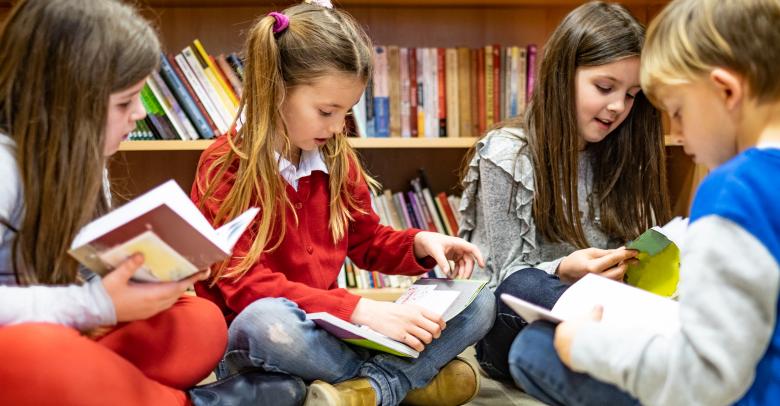
Do you have a catalog.
Hi Pam!
You can request our catalog(s) from https://help.schoolspecialty.com/s/catalog-request
You can view them right away in digital format at https://www.schoolspecialty.com/digital-catalogs
Or you can always view our online store at https://www.schoolspecialty.com/
This article really highlights how essential a clean and organized classroom is for both students and teachers! One thing I’d add is that an uncluttered space also helps reduce stress and anxiety for children. Just like adults, kids feel overwhelmed when there’s too much chaos around them. A tidy, well-organized room creates a calming environment where they can focus on learning and creativity without distractions. Plus, having clearly defined spaces for activities promotes a sense of ownership and responsibility in young learners. It’s amazing how much of a positive impact a clean and purposeful space can have on a child’s overall learning experience!
I loved this post! It’s amazing how a clean room can totally transform your mindset. The tips you shared are super practical and motivating. I’m definitely going to try the 10-minute tidying challenge! Thanks for the inspiration!
It makes us so happy to hear that this post helped you! Good luck with your tidying. – Maureen